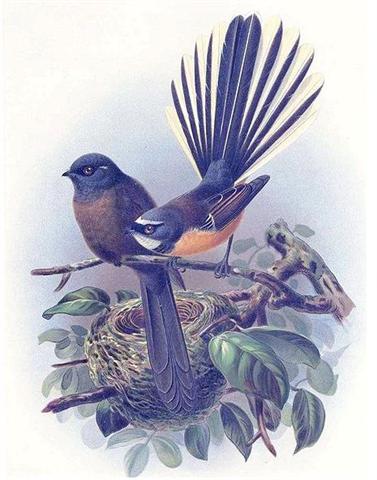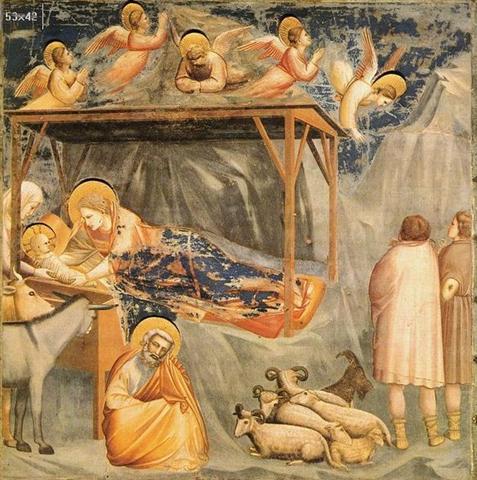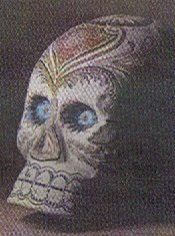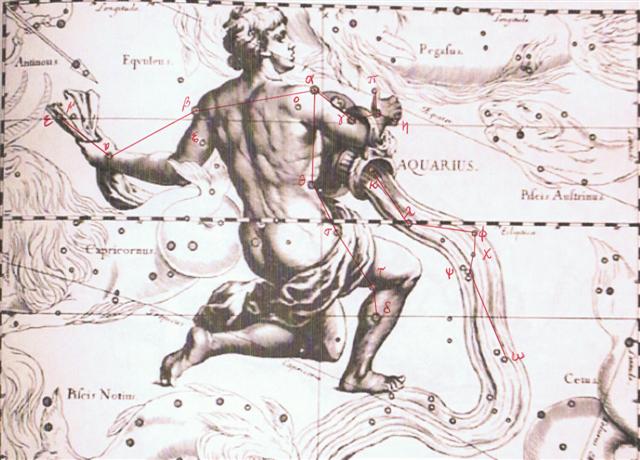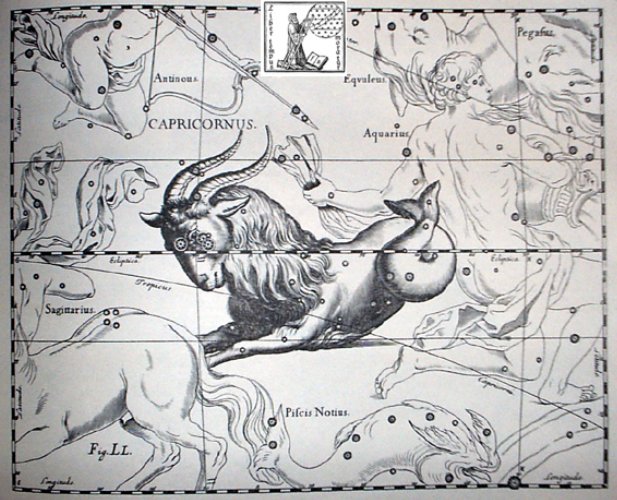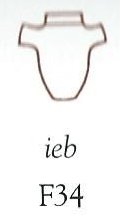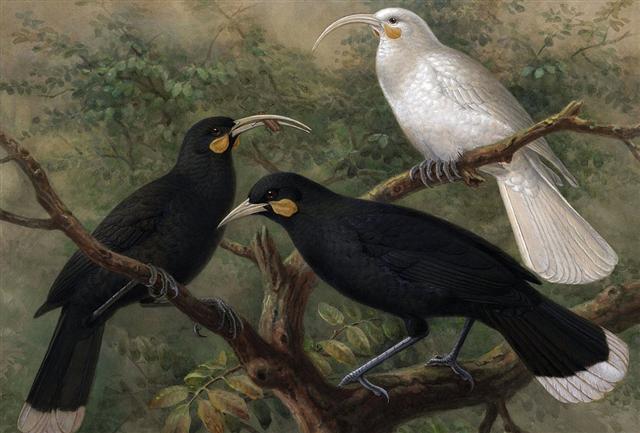I suggest there is the bare and threadlike outline of a World Tree in glyph 250 (i.e. 314 days after 0h), 183 days after ●MAY 16 (136) and at the House of the Carpenter: ... the proper attention will have to be paid to the Babylonian name of Cancer, namely Nangar(u), 'the Carpenter'. This is essential because in the twelfth [12th] tablet of the Gilgamesh Epic, preserved only in Sumerian language, Gilgamesh complains bitterly of having lost his 'pukku and mikku', instead of having left them 'in the house of the carpenter', where they would have been safe apparently [carpenters build stable houses]. 'Pukku and mikku' ... are lost 'at the crying of a little girl' ... this sounds slightly improbable. It is laughter, if anything, that wrecks the old, and introduces a new age of the world. Maui lost his immortality because his companions laughed when he passed the 'house of death' of the Great-Night-Hina ... ... When they arrived at the place where Hine nui lay asleep with her legs apart and they could see those flints that were set between her thighs, Maui said to his companions: 'Now, my little friends, when you see me crawl into the body of this old chieftainess, whatever you do, do not laugh. When I have passed right through her and am coming out of her mouth, then you can laugh if you want to. But not until then, whatever you do.' His friends twittered and fluttered about him and flew in his way. 'O sir', they cried, 'you will be killed if you go in there.' 'No', said Maui, holding up his enchanted jawbone. 'I shall not - unless you spoil it. She is asleep now. If you start laughing as soon as I cross the threshold, you will wake her up, and she will certainly kill me at once. But if you can keep quiet until I am on the point of coming out, I shall live and Hine nui will die, and men will live thereafter for as long as they wish.' So his friends moved out of his way. 'Go on in then, brave Maui', they said, 'but do take care of yourself'.Maui at first assumed the form of a kiore, or rat, to enter the body of Hine. But tataeko, the little whitehead, said he would never succeed in that form. So he took the form of a toke, or earth-worm. But tiwaiwaka the fantail, who did not like worms, was against this. So Maui turned himself into a moko huruhuru, a kind of caterpillar that glistens. It was agreed that this looked best, and so Maui started forth, with comical movements. The little birds now did their best to comply with Maui's wish. They sat as still as they could, and held their beaks shut tight, and tried not to laugh. But it was impossible. It was the way Maui went in that gave them the giggles, and in a moment little tiwaiwaka the fantail could no longer contain himself.
He laughed out loud, with his merry, cheeky note, and danced about with delight, his tail flickering and his beak snapping. Hine nui awoke with a start. She realised what was happening, and in a moment it was all over with Maui. By the way of rebirth he met his end. Thus died this Maui we have spoken of, who was formed in the topknot of Taranga and cast in the sea, but was saved and nurtured to lead a life of mischief. And thus did the laughter of his companions at the last and most scandalous of his exploits deprive mankind of immortality. For Hine nui always knew what Maui had it in mind to do to her. But she knew that it was best that man should die, and return to the darkness from which he comes, down that path which she made to Rarohenga. Wherefore our people have the saying: 'Death came to the mighty when Maui was strangled by Hine nui to Po, and so it has remained in the world' ...
The place of the Carpenter (Nangaru) was a place of rebirth, inside a house (or hive) close to a manger, with donkeys (ascelli), bird people, and other prominent beings having gathered to greet the new little one:
Whereas rau hei (branch of mimosa, 'hanging victim') in Gb1-22 (where 121 = 11 * 11) suggested a dark place at the complementary side of the sky and year.
... The Sensitive plant (Mimosa pudica L.) is a creeping annual or perennial herb often grown for its curiosity value: the compound leaves fold inward and droop when touched, re-opening within minutes. Mimosa pudica is native to Brazil, but is now a pantropical weed. Other names given to this curious plant are Humble plant, TickleMe plant, Shame plant, Sleeping Grass, Prayer plant, Touch-me-not, Makahiya (Philippines, meaning 'shy'), Mori Vivi (West Indies), mate-loi (false death) (Tonga) ... In the evening the leaflets will fold together and the whole leaf droops downward. It then re-opens at sunrise ...
This explains why halfway through the list of Babylonian 20 ecliptic stations West (death) comes before East (rebirth) - in order to be reborn you have first to die. But Castor (the mortal Winter Beaver) could not be allowed to reach the House of the Carpenter - he was like the Moon instead of like the Sun. In rongorongo times the Sun reached Castor in July 12, i.e. in day 193 = 384 / 2 + 1 = (13 * 29½ + ½) / 2 + 1).
In rongorongo times the Sun was close to Albali (ε Aquarii) in late January, but in Roman times - which should be more in tune with the relevant dates - the stars Albali and the Belly of the (Hairy) Goat (Baten Algiedi, ω Capricorni) were marking day 368 as counted from 'January 1 in the previous year. The distance from the pair of Donkey (Ascelli) stars in Cancer to the 'swallowing hand' in the Towel of Aquarius (and to the star at the bottom of the Goat) was 314 - 131 = 183 days. At the tail of a snake his dry skins accumulate to become a rattle:
The framework seems to be that of the Sun. However, there were probably attempts to use the World Tree as a 'heart' also for other orbits.
... In the inscriptions of Dendera, published by Dümichen, the goddess Hathor is called 'lady of every joy'. For once, Dümichen adds: Literally ... 'the lady of every heart circuit'. This is not to say that the Egyptians had discovered the circulation of the blood. But the determinative sign for 'heart' often figures as the plumb bob at the end of a plumb line coming from a well-known astronomical or surveying device, the merkhet. Evidently, 'heart' is something very specific, as it were the 'center of gravity' ... See Aeg.Wb. 2, pp. 55f. for sign of the heart (ib) as expressing generally 'the middle, the center'. And this may lead in quite another direction. The Arabs preserved a name for Canopus - besides calling the star Kalb at-tai-man ('heart of the south') ... Suhail el-wezn, 'Canopus Ponderosus', the heavy-weighing Canopus, a name promptly declared meaningless by the experts, but which could well have belonged to an archaic system in which Canopus was the weight at the end of the plumb line, as befitted its important position as a heavy star at the South Pole of the 'waters below'. Here is a chain of inferences which might or might not be valid, but it is allowable to test it, and no inference at all would come from the 'lady of every joy'. The line seems to state that Hathor (= Hat Hor, 'House of Horus') 'rules' the revolution of a specific celestial body - whether or not Canopus is alluded to - or, if we can trust the translation 'every', the revolution of all celestial bodies. As concerns the identity of the ruling lady, the greater possibility speaks for Sirius, but Venus cannot be excluded; in Mexico, too, Venus is called 'heart of the earth'. The reader is invited to imagine for himself what many thousands of such pseudo-primitive or poetic interpretations must lead to: a disfigured interpretation of Egyptian intellectual life ... We can for instance see how at the time of the Gate of the Goat - which here indeed ought to be the relevant time - the shadow tree in Gb1-21 was connected with a point 300 days after ●JANUARY 19 (384 = 13 * 29½ + ½) - on average the coldest day in the year north of the equator. Thus there were 63 days from heliacal Baten Algiedi to ●JANUARY 19, a season when hair and feathers would become more and more important. There were 63 days also from Rogo at March 21 to the end of side b of the G tablet. 300 + 64 (counting also day zero) = 364 could then have been used to suggest a new Sun year was beginning 20 days earlier than in day 384, a Sun year which was stretching not for 10 - as the number of feathers in the tail of Tiwaiwaka - but for 12 months. ... From the natives of South Island [of New Zealand] White [John] heard a quaint myth which concerns the calendar and its bearing on the sweet potato crop. Whare-patari, who is credited with introducing the year of twelve months into New Zealand, had a staff with twelve notches on it. He went on a visit to some people called Rua-roa (Long pit) who were famous round about for their extensive knowledge. They inquired of Whare how many months the year had according to his reckoning. He showed them the staff with its twelve notches, one for each month. They replied: 'We are in error since we have but ten months. Are we wrong in lifting our crop of kumara (sweet potato) in the eighth month?' Whare-patari answered: 'You are wrong. Leave them until the tenth month. Know you not that there are two odd feathers in a bird's tail? Likewise there are two odd months in the year.' The grateful tribe of Rua-roa adopted Whare's advice and found the sweet potato crop greatly improved as the result ... The Maori further accounted for the twelve months by calling attention to the fact that there are twelve feathers in the tail of the huia bird and twelve in the choker or bunch of white feathers which adorns the neck of the parson bird ...
|
||||||||||||||||||||||||||||||||||||||||||||||||||||||||||||||||||||||||||||||||||||||||||||||||||||||||||||||||||||||||||||||||||||||||||||||||||||||||||||||||||||||||||||||||||||||||||||||||||||||||||||||||||||||||||||||||||||||||||||||||
